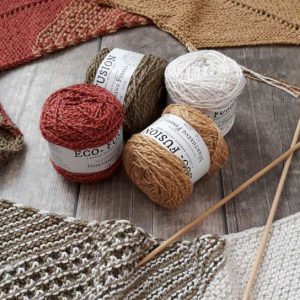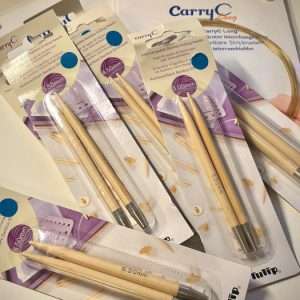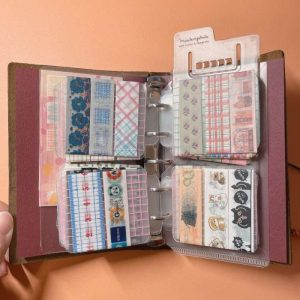Traveler’s Notebook Care: Tips and Leather Conditioning Guide
As a traveler’s notebook enthusiast, I know the importance of proper care and maintenance. To keep your traveler’s notebook looking and feeling its best, you need to protect it from daily wear and environmental factors. I have experimented with different care techniques to ensure my notebook lasts as long as possible. From storage methods to cleaning routines, I’ve learned that regular maintenance helps the leather develop a rich patina, making each notebook even more unique.
In this post, I’ll share practical tips based on my own experience with storage, cleaning, and conditioning. I’ve tested different approaches to find what works best and will walk you through my care routine—including how I use leather conditioner to address signs of wear. Whether you’re new to traveler’s notebooks or looking to improve your care habits, this guide is here to help you keep yours in great shape for years to come.
Table of Contents
How I Care for My Traveler’s Notebook
Taking care of my traveler’s notebook has become an essential part of my daily routine. Over time, I’ve learned what works best to maintain its appearance and ensure it lasts for years. Here are the personal care habits I follow to keep my traveler’s notebook in great condition.
Keep Hands Clean and Dry
I always make sure to handle my traveler’s notebook with clean, dry hands to prevent oils and dirt from transferring onto the leather. Regularly wiping them with a clean cloth helps maintain the notebook’s appearance and durability. If my hands felt oily, I use a soft cloth to handle the cover, especially when writing, to keep the leather pristine.
Store Properly
I store my traveler’s notebook in the KALLAX Shelf Unit from IKEA. To keep it dark and protect it from direct sunlight and moisture, I attached a door to the unit. I’ve learned that excessive heat or humidity can cause warping, discoloration, or mold growth, so this setup helps maintain the notebook’s condition. If I plan to store my notebook for an extended period, I wrap it in a breathable fabric or place it in a dust bag for extra protection.
Avoid Overstuffing
I try to be mindful of how many inserts I add to my traveler’s notebook. In the past, I overstuffed it, which strained the elastic closures and affected the notebook’s shape. Now, I find that three inserts are ideal for maintaining its structure and making it easier to use. If I need more space, I use multiple notebooks instead of forcing everything into one.
Handle with Care
I take extra care when handling my traveler’s notebook to prevent bending, creasing, or accidental damage. I try not to scratch the leather cover with my nails or sharp tools like tweezers. If I accidentally do, I care for it with a leather conditioner, and mild scratches tend to go away. Instead of folding pages, I use bookmarks to mark important sections and keep the pages neat. When carrying my notebook in a bag, I use a protective cover to shield it from external pressure or impacts.
Regular Cleaning and Conditioning
Regular maintenance keeps my traveler’s notebook in top shape. I wipe the cover with a soft, dry cloth to remove dust and surface dirt. Every few months, I apply a leather conditioner to keep the leather soft and supple. I always use a conditioner suitable for my notebook’s specific leather type to avoid unwanted darkening or residue buildup.
Protect from Spills
I always keep liquids away from my traveler’s notebook to prevent stains or warping. I’ve had close calls with spills, so now I’m extra cautious. If an accident happens, I immediately blot the affected area with a dry cloth—never rubbing, as that could spread the liquid further. If needed, I let the notebook air dry naturally away from direct heat sources to avoid warping.
The Importance of Leather Conditioning
Noticing Wear and Tear
One of the care tips I found most important is conditioning. Before I started regular conditioning, I noticed that one of my traveler’s notebooks that I was using almost daily was starting to show some signs of wear, especially since I started carrying it around in my bag. The constant movement and friction against other items in my bag led to noticeable scuffs and light scratches, even though I had taken precautions.
I decided to use a protective cover to prevent direct contact with other objects, but on particularly rough days, I still found new marks. This made me increasingly concerned that the scratches might become permanent or worsen over time. I started researching ways to preserve the leather and stumbled upon the idea of conditioning. I learned that regular conditioning not only helps keep the leather supple but also reduces the visibility of scratches and strengthens its overall durability. It became clear to me that conditioning was not just an optional step but an essential part of maintaining my traveler’s notebook.
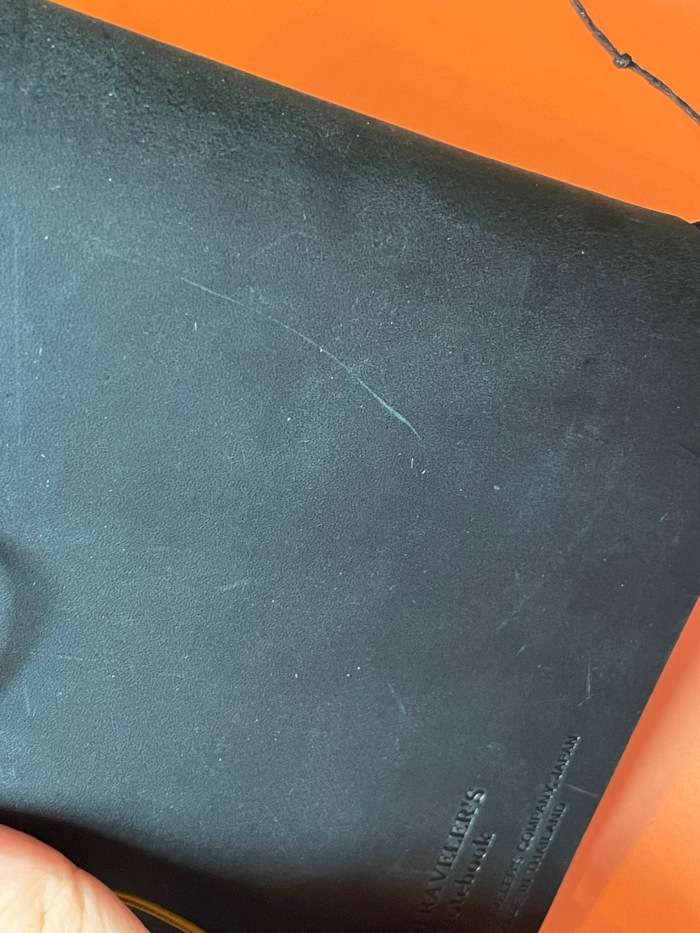
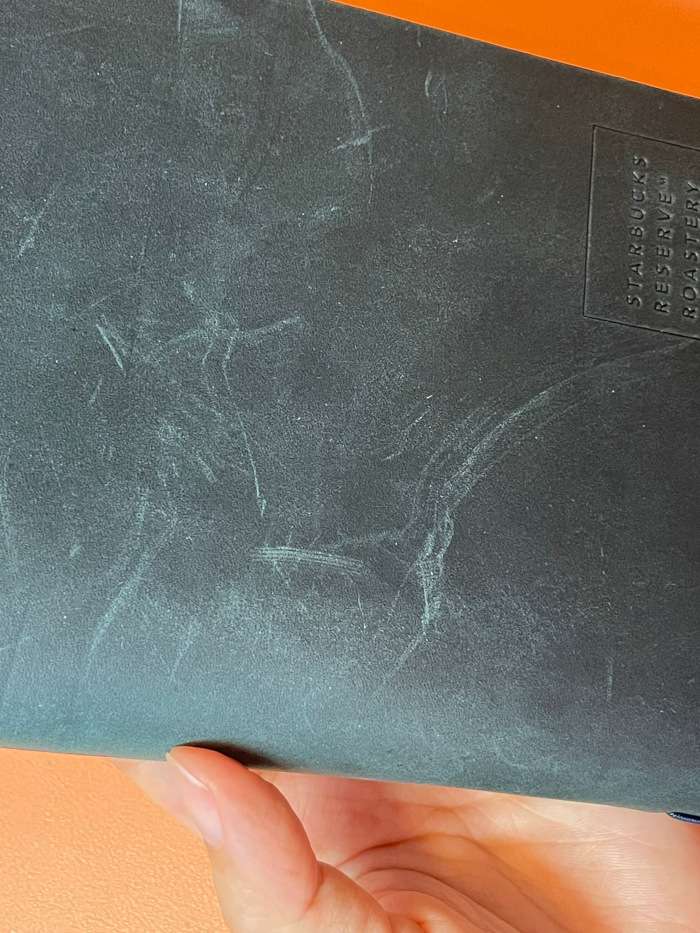
Choosing a Leather Conditioner: Best Leather Conditioners for Traveler’s Notebooks
After researching various leather conditioners, I wanted to find options that were not too greasy and affordable. I found several choices that seemed suitable for use on a traveler’s notebook:
- Renapur Leather Balsam: Recommended by Traveler’s Company USA on their website, this balsam is designed to nourish and protect leather.
- Chamberlain’s Leather Milk: A natural, non-toxic conditioner that’s easy to apply but may require frequent reapplication.
- Cadillac Select Premium Leather Lotion: Provides excellent protection and softening but may darken some leathers.
- Apple Brand Leather Care Kit: Offers a comprehensive cleaning and conditioning system but can be pricey.
- Mink Oil Balm: A natural product known for its nourishing and protective properties.

I decided to try using mink oil balm on my traveler’s notebook because I wanted a natural product that would be gentle on the leather. Specifically, I was looking for a balm rather than an oil, as I was concerned that an oil might leave the leather feeling greasy or attract dirt. Consequently, the mink oil balm struck the right balance, offering nourishment and protection without leaving any residue.
How to Apply Leather Conditioner to a Traveler’s Notebook
To apply it, I used a small amount of the balm on a clean, soft cloth. Then, I gently rubbed it into the leather in circular motions, ensuring that I covered the entire surface evenly without applying too much pressure, as excessive force could harm the leather. I paid extra attention to areas that appeared dry or had minor scratches, making sure the balm was well-absorbed. After applying the conditioner, I let the leather sit for a few hours to allow full absorption before lightly buffing it with a soft cloth to bring out its natural sheen.
Here’s a quick look at how I apply mink oil balm to my Traveler’s Notebook. If you’re unsure how much to use or how to apply it, this short clip may help!
Here are three tips for applying the balm effectively:
- Use a minimal amount – A little goes a long way, so start with a small amount and add more if necessary to avoid over-conditioning the leather.
- Test on a small area first – Before applying the balm to the entire notebook, test it on an inconspicuous spot to check how the leather reacts.
- Apply in thin layers – Instead of applying a thick coat, build up the conditioning in thin layers to prevent excess product from sitting on the surface.
Outcomes
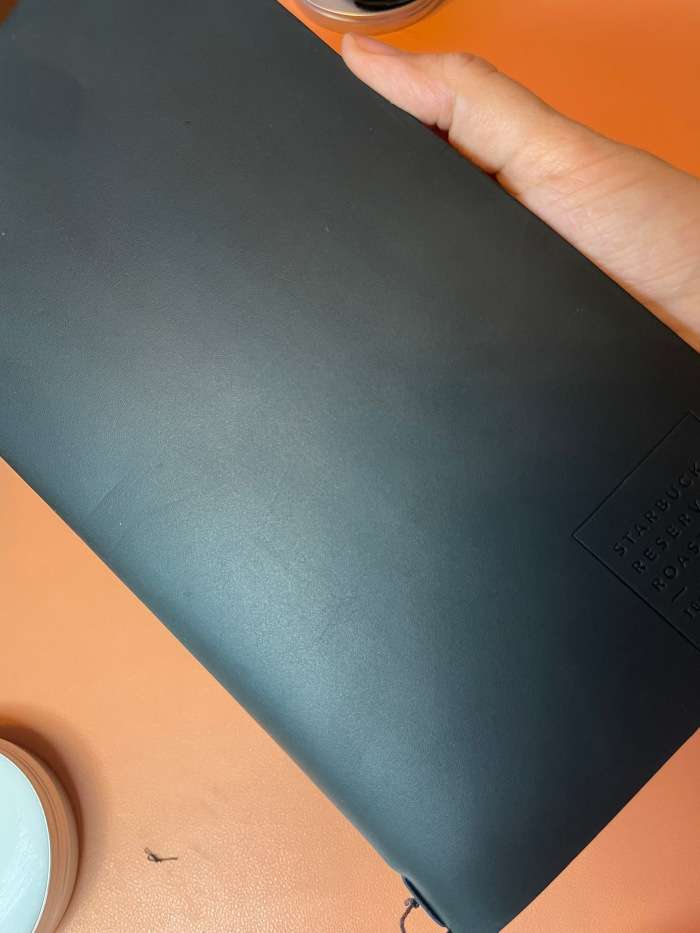
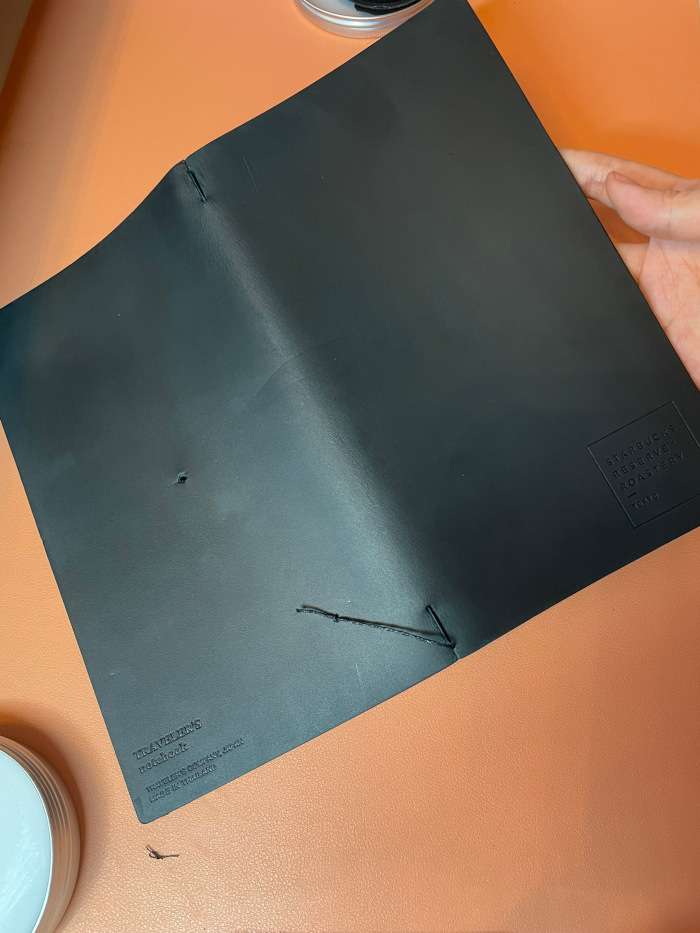
Initially, I worried if it would darken the color too much, but after a few hours, the leather actually became slightly lighter. However, it was still darker than before applying the balm, creating a deeper, more refined tone that enhanced the notebook’s vintage aesthetic.
Beyond just the color change, I noticed that the texture of the leather had improved significantly. The surface, which previously felt somewhat dry and rough in certain areas, became noticeably smoother and more supple. The added softness made handling the notebook even more enjoyable, as the leather now had a comfortable, broken-in feel.
One of the main reasons I wanted to try mink oil balm was to see if it could help with the scratch marks, and it did not disappoint. I had hoped it would reduce their visibility, and over time, I noticed that the finer scratches became much less noticeable. While deeper marks were still present upon close inspection, the overall appearance of the cover looked refreshed and well-maintained.
Beyond just improving the aesthetic, the conditioning process reinforced the idea that regular care can greatly extend the life and appeal of well-loved leather items. These results convinced me to make conditioning a regular part of my routine to keep my traveler’s notebook in top shape for years.
Frequently Asked Questions About Traveler’s Notebook Care
Does leather conditioner remove scratches from a traveler’s notebook?
It can reduce the appearance of light scratches and improve the overall texture of the leather. Deep marks may still be visible, but conditioning helps the leather become more supple and resilient, making surface imperfections less noticeable.
How often should I condition my traveler’s notebook?
Every few months is typically enough for regular use. If the leather starts to feel dry, stiff, or looks dull, it’s a good sign it’s time to apply conditioner. Always test the product on a small, hidden spot before full application.
Will leather conditioner darken the notebook cover?
Some conditioners, especially oil-based ones like mink oil, can slightly darken the leather—especially lighter tones. Test in an inconspicuous area first to make sure you’re happy with the result.
Can I over-condition my traveler’s notebook?
Yes. Using too much conditioner too often can leave the surface tacky or attract dust. A light application a few times a year is usually enough to maintain flexibility and shine.
What’s the best way to store a traveler’s notebook?
Store it in a cool, dry place away from direct sunlight and humidity. If you’re not using it daily, consider keeping it in a dust bag or wrapping it in a soft cloth to prevent scuffs and scratches.
Is Mink Oil Right for Long-Term Leather Care?
Overall, I’m quite pleased with the results of my leather conditioning experiment. By applying mink oil balm to my traveler’s notebook, I was able to address some of the wear issues I had noticed, which gave the leather a more nourished and well-cared-for appearance. Now, I’m curious to see how the leather holds up over the next few months. Specifically, I want to determine whether the effects of the mink oil balm will be long-lasting. Based on my observations, I’ll decide if this conditioning method should become a regular part of my notebook care routine.
For anyone who loves their traveler’s notebook, proper care is an investment in longevity. Whether through regular cleaning, proper storage, or occasional conditioning, taking care of your notebook will allow it to age beautifully and accompany you on many journeys to come.
🖊️ Popular Stationery Reviews
- Japanese Planner Accessories Haul: Stationery Finds from Tokyo
- Best Hole Punch for Ring Binders: What Worked & What Didn’t
- Uni-ball One P Review + Uni-ball One Fica Color Set
- Sew a Notebook Cover: DIY Project for Midori MD Diary
- Traveler’s Notebook Care: Tips and Leather Conditioning Guide
- Craft Organization Ideas: Simple Storage Solutions for Supplies
- Hobonichi Weeks Mega Review: Is It Worth The Type?
🖊️ Explore More Stationery Reviews
Looking for the best stationery to enhance your journaling experience? Check out all my Stationery Reviews for detailed insights, product recommendations, and tips to help you choose the perfect tools for your creative projects!
✂️ Must-Try Stationery DIY Projects
- System Techo vs. Bullet Journal: My 2025 Productivity Planner
- DIY Washi Tape Binder with Travelers Notebook
- Sew a Notebook Cover: DIY Project for Midori MD Diary
- Traveler’s Notebook Care: Tips and Leather Conditioning Guide
- Traveler’s Notebook Accessories: Multi-Color Braiding DIY
✂️ Explore More Stationery DIYs
Looking for creative ways to personalize your stationery? Dive into all my Stationery DIY projects for step-by-step tutorials, unique ideas, and inspiration to elevate your journaling and crafting experience!


